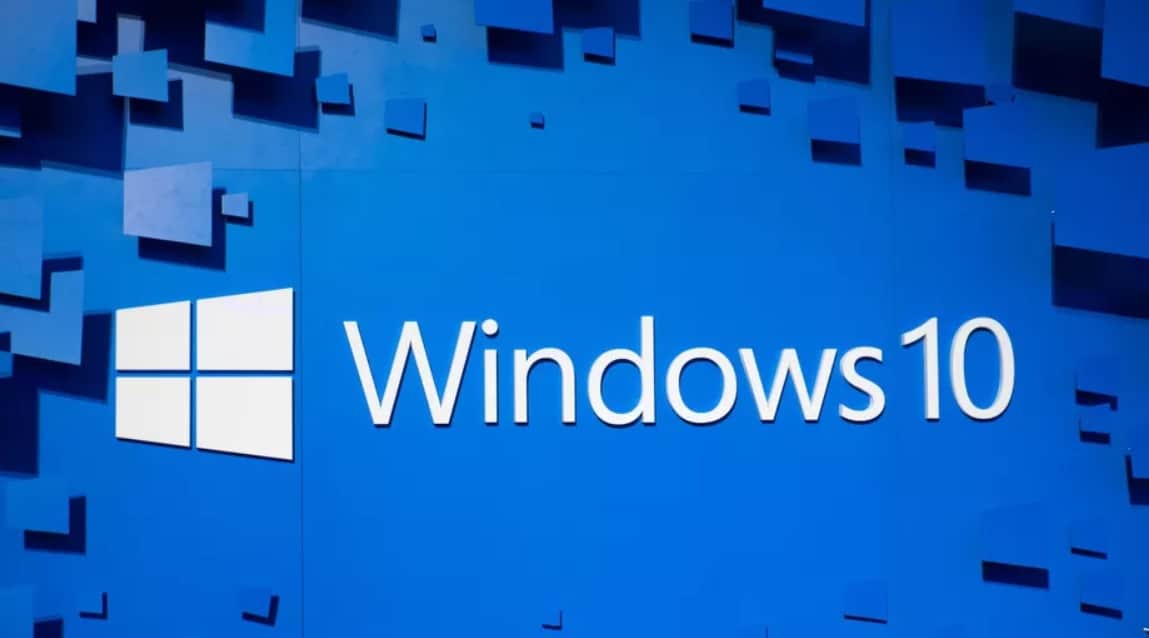Difference Between Chromium and Chrome, Update & un-installation:-
Chromium is an open-source browser project that procedures the basis for the Chrome web browser. But let’s take a little deeper look at what that resources.
When Google first presented Chrome back in 2008, they also released the Chromium basic code on which Chrome was based as an open-source project. That open-source code is kept by the Chromium Project, while Chrome itself is maintained by Google.
The biggest difference amongst the two browsers is that, while Chrome is based on Chromium, Google also adds a number of proprietary topographies to Chrome like automatic updates and care for additional video formats. Google also took a similar tactic with the Chromium OS, which is an open-source project that forms the basis for their individual Chrome OS—the operating system that runs on Chromebooks.
What Chrome Has but Chromium Doesn’t:-
Chrome is based on Chromium, but Google adds a few proprietary, closed-source bits to their Chrome browser that Chromium wants. Specifically, Google takes Chromium and then adds the following:
- AAC, H.264, and MP3 Support.Chrome includes licensed codecs for these patented media formats, giving you access to a wider variety of media content—particularly sites by means of HTML5 video to stream H.264 videos. Both browsers include the basic, free codecs: Opus, Theora, Vorbis, VP8, VP9, and WAV.
- Adobe Flash (PPAPI).Chrome contains a sandboxed Pepper API (PPAPI) Flash plug-in that Google automatically updates along with Chrome. This is the only way to get the modern version of Flash on Linux. Even on Windows and Mac, you’re better off with the sandboxed PPAPI Flash plugin from Chrome slightly than the older NPAPI Flash plug-in available as of Adobe’s website. (You can actually get a Pepper Flash plug-in from Chrome and then install it and usage it in Chromium, if you like.)
- Google Update.Windows and Mac users of Chrome get an extra background app that automatically retains Chrome up-to-date. Linux users use their average software management tools.
- Extension Restrictions. For Chrome, Google inactivates extensions that are not hosted in the Chrome Web Store.
- Crash and Error Reporting. User of Chrome can opt to send data on crashes and errors to Google for analysis.
- Security Sandbox (?).Google also notes that some Linux circulations may disable Chromium’s security sandbox, so you’ll want to navigate to about: sandbox in Chromium to confirm the sandbox is enabled and functioning by default. This is one of Chromium (and Chrome’s) best features.
How to Un-Install Chromium-
Sometimes Chromium we are not able to un-install from our PC/Laptop then we need to force stop chromium from task manager then click on uninstall.
final Words:-
So, Chrome or Chromium? If you’re with Windows and Mac, the choice is pretty clear. Chromium is just too finicky to use—mostly because you can’t get official unchanging builds that will update automatically. The real choice here is would be made by Linux users.












